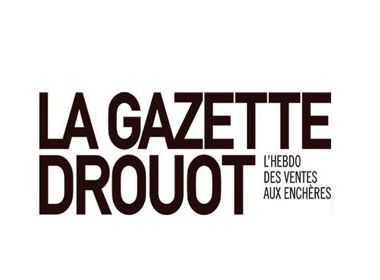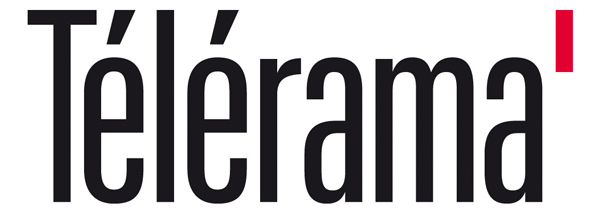Sébastien Camboulive
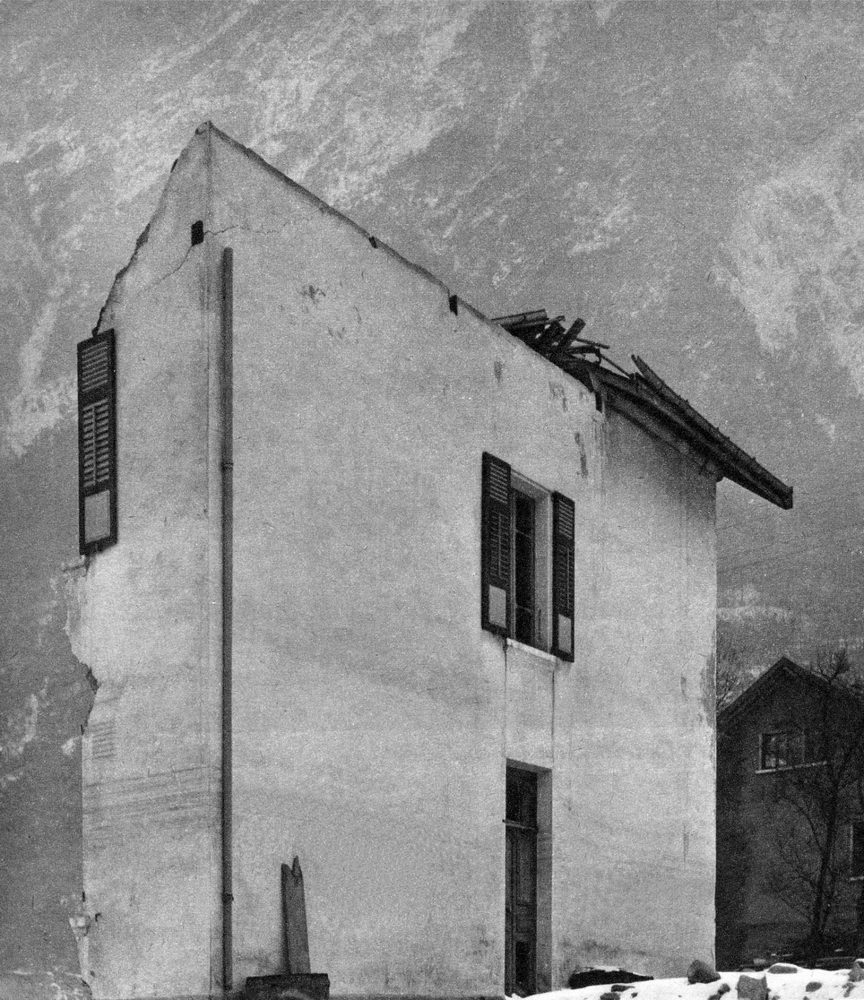
Image: 9 x 11 inches
Print: 9 x 11 inches
Signed by the artist on verso
Image: 9 x 11 inches
Print: 9 x 11 inches INV Nbr. SC1812003 Kindly.
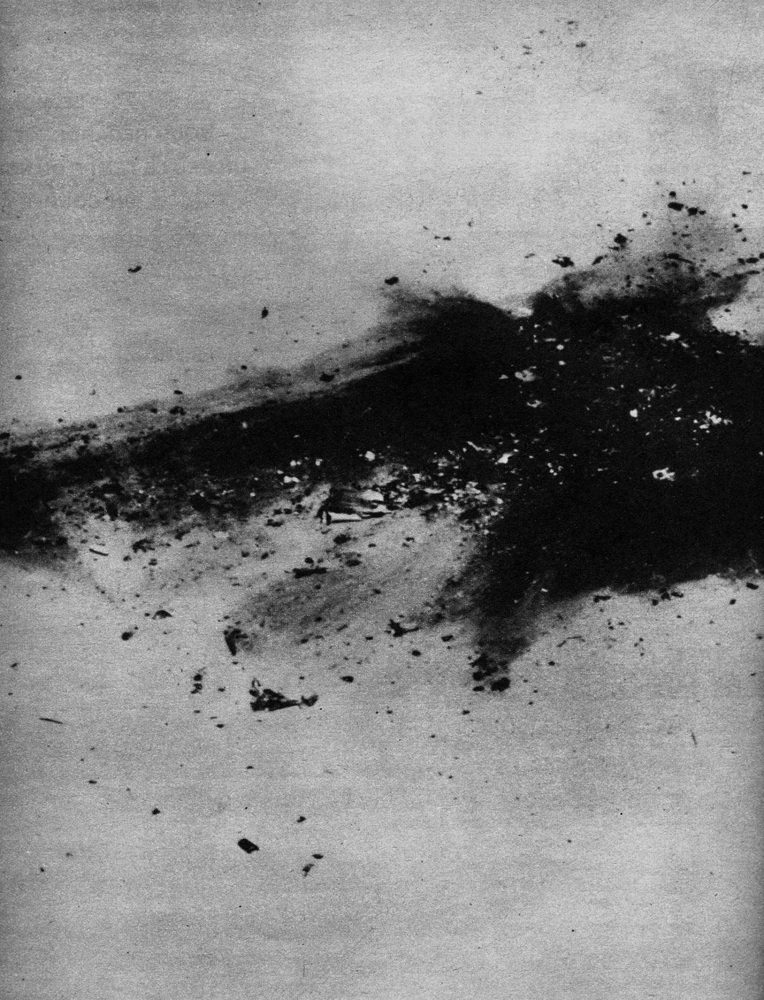
Image: 9 x 11 inches
Print: 9 x 11 inches
Signed by the artist on verso
Image: 9 x 11 inches
Print: 9 x 11 inches INV Nbr. SC1812004 Kindly.
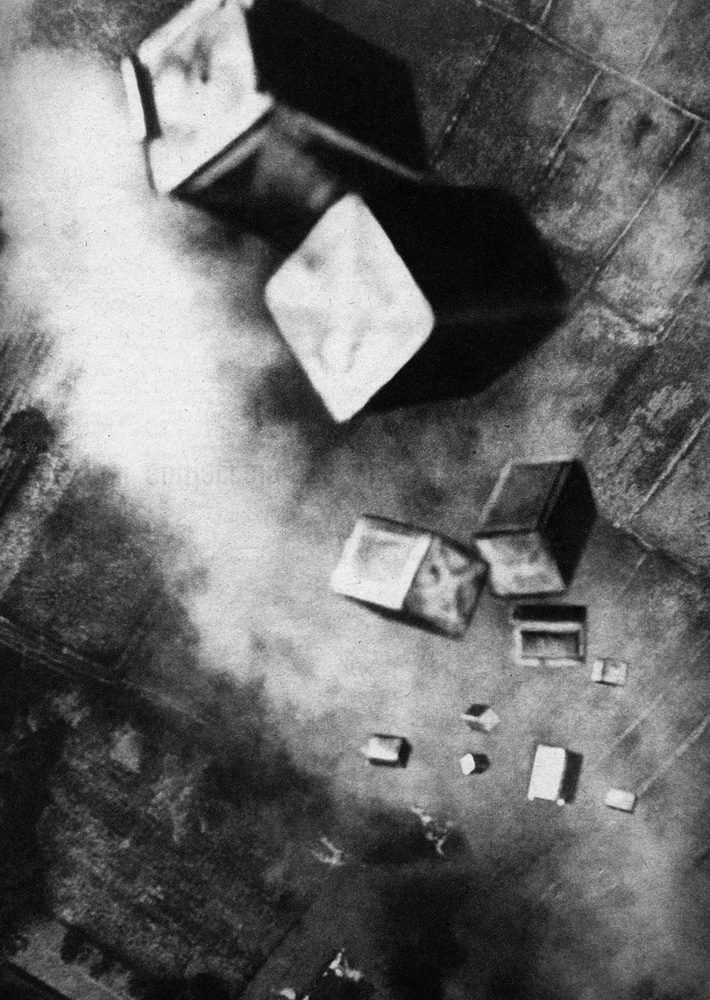
Image: 9 x 11 inches
Print: 9 x 11 inches
Signed by the artist on verso
Image: 9 x 11 inches
Print: 9 x 11 inches INV Nbr. SC1812005 Kindly.
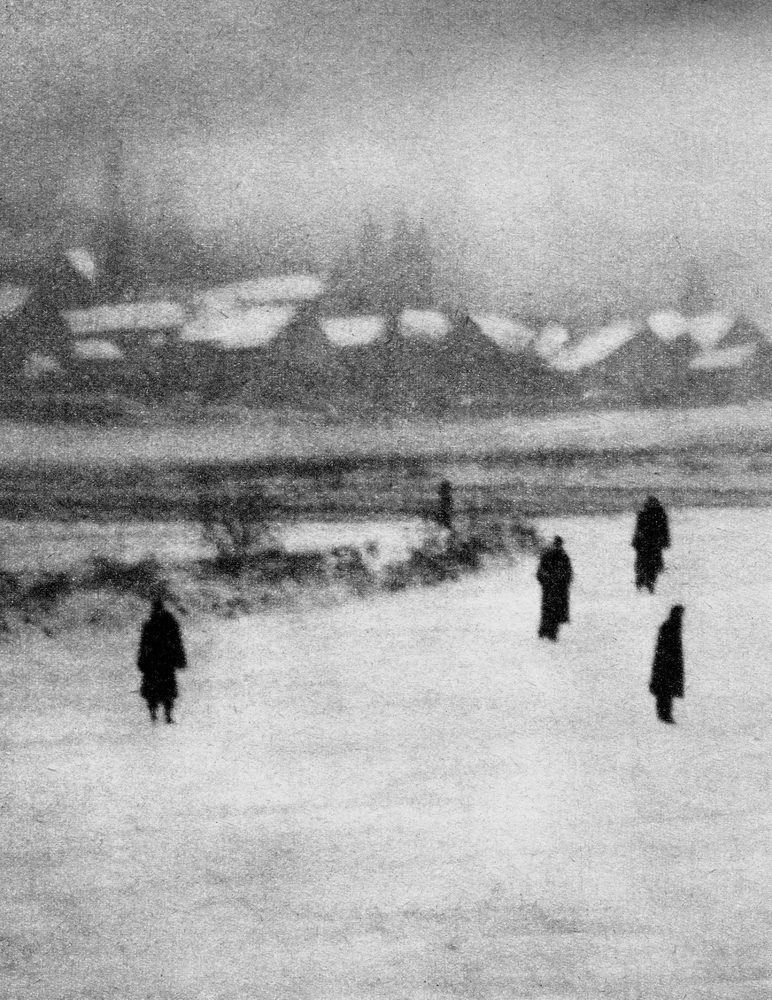
Image: 9 x 11 inches
Print: 9 x 11 inches
Signed by the artist on verso
Image: 9 x 11 inches
Print: 9 x 11 inches INV Nbr. SC1812001 Kindly.
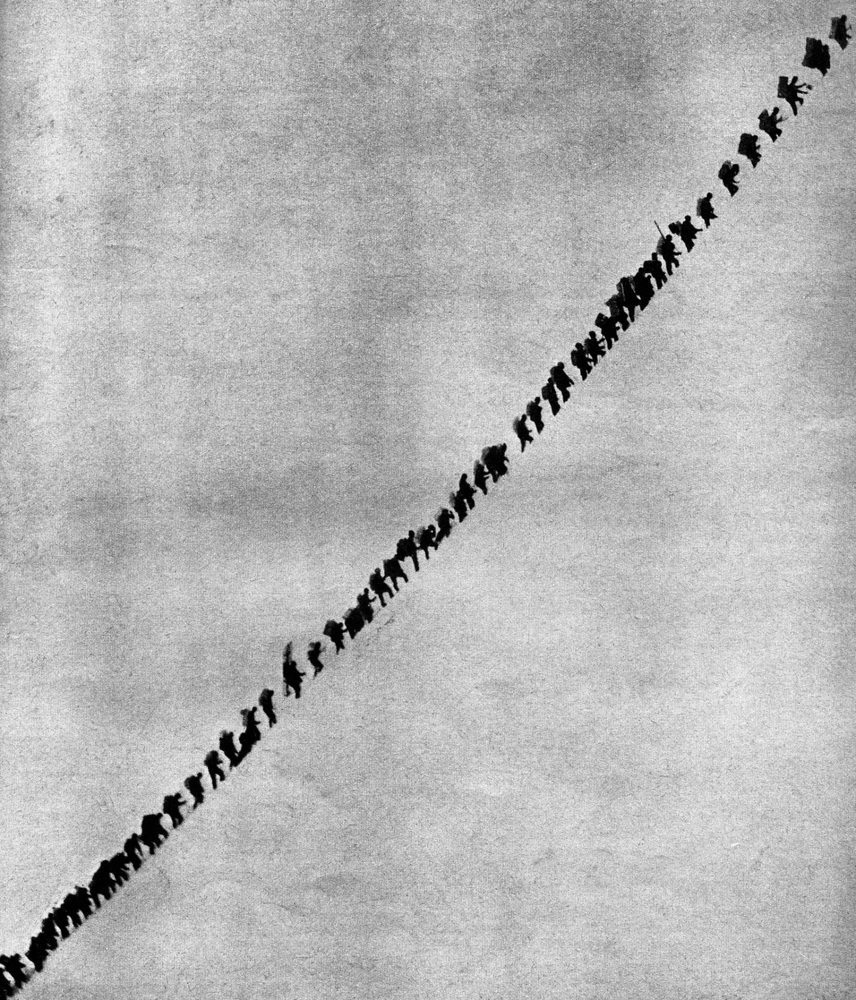
Image: 9 x 11 inches
Print: 9 x 11 inches
Signed by the artist on verso
Image: 9 x 11 inches
Print: 9 x 11 inches INV Nbr. SC1812002 Kindly.

Image: 9 x 11 inches
Print: 9 x 11 inches
Signed by the artist on verso
Image: 9 x 11 inches
Print: 9 x 11 inches INV Nbr. SC1812006 Kindly.
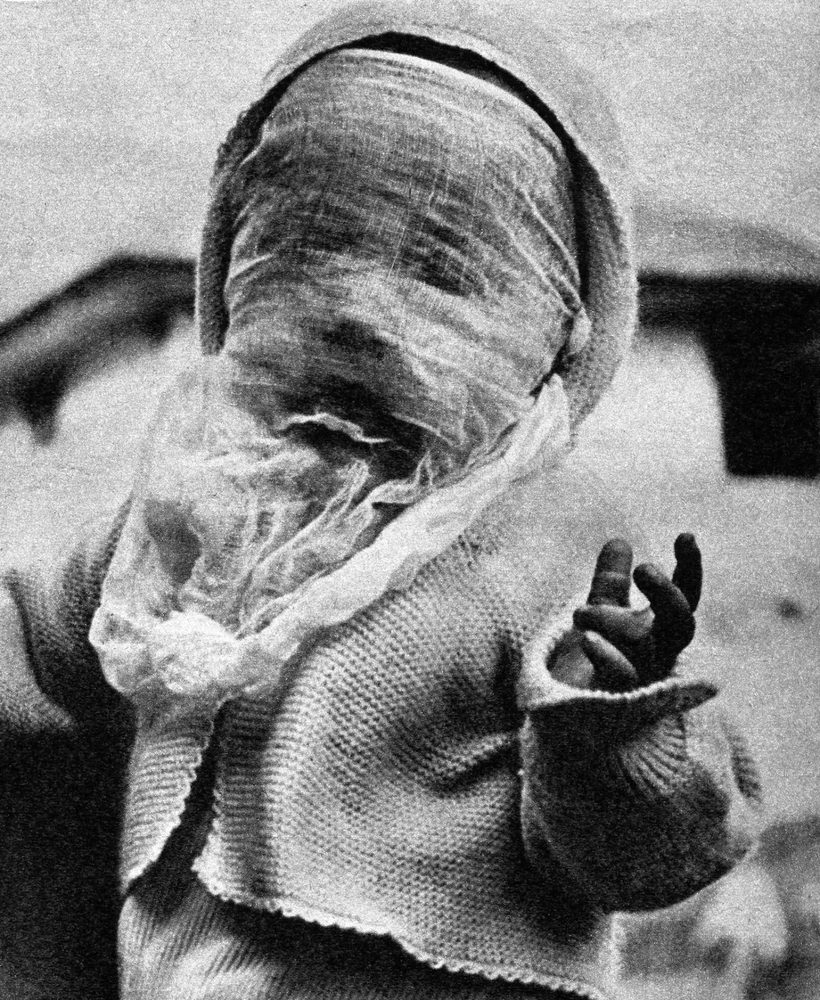
Image: 9 x 11 inches
Print: 9 x 11 inches
Signed by the artist on verso
Image: 9 x 11 inches
Print: 9 x 11 inches INV Nbr. SC1812007 Kindly.
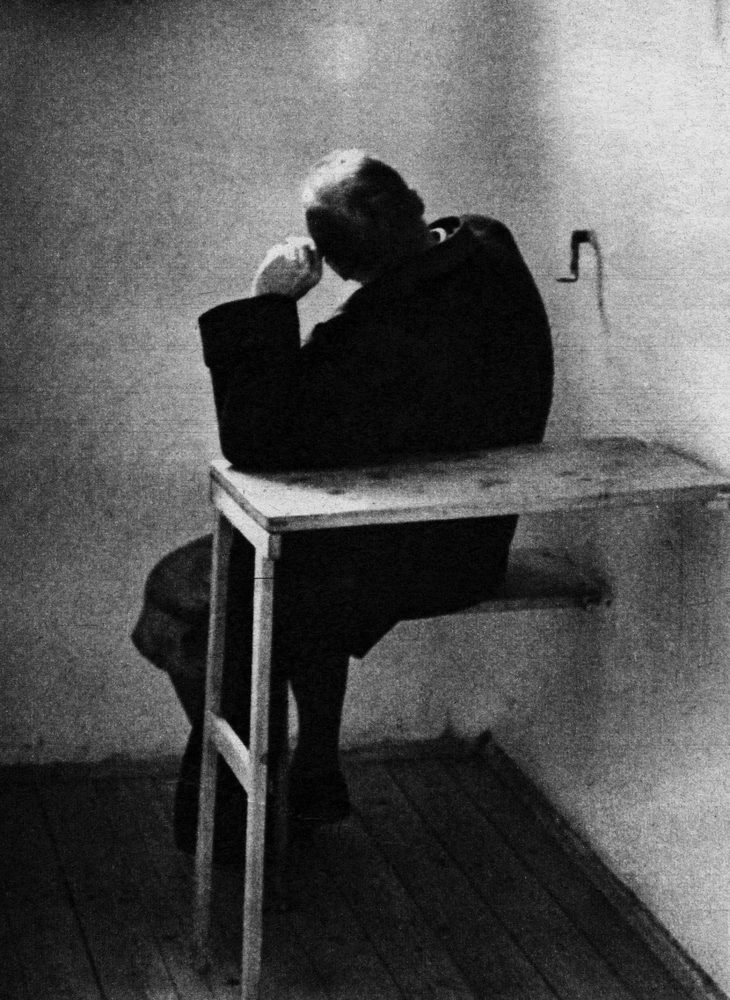
Image: 9 x 11 inches
Print: 9 x 11 inches
Signed by the artist on verso
Image: 9 x 11 inches
Print: 9 x 11 inches INV Nbr. SC1812008 Kindly.
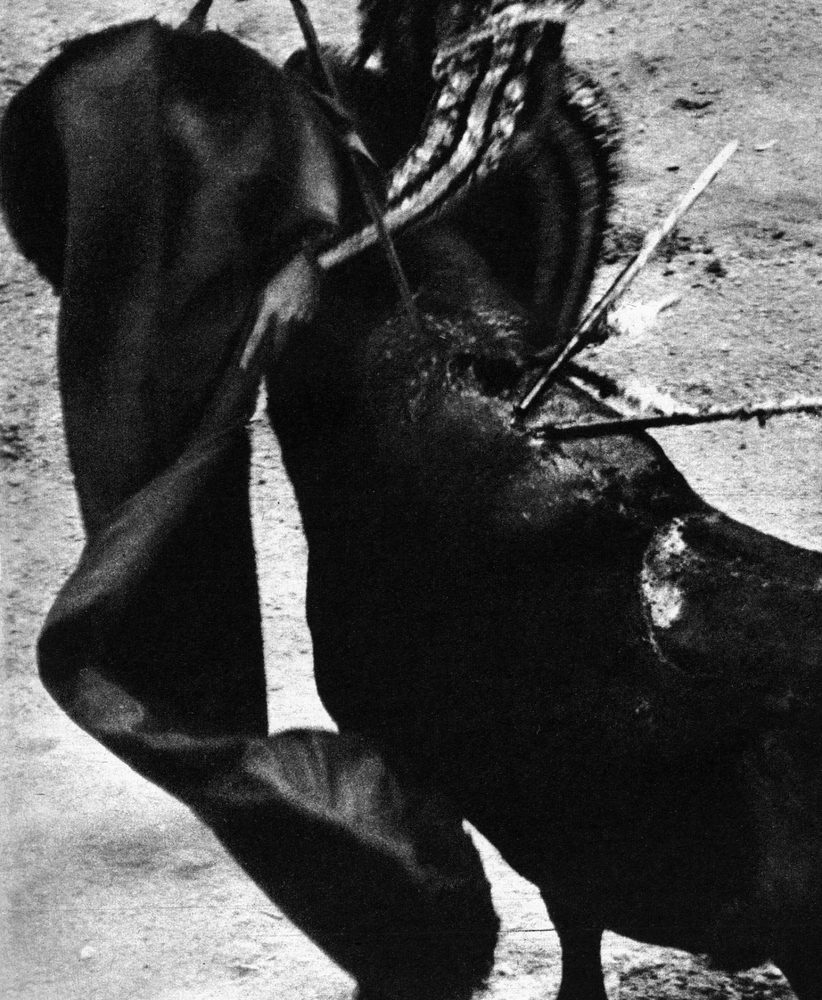
Image: 9 x 11 inches
Print: 9 x 11 inches
Signed by the artist on verso
Image: 9 x 11 inches
Print: 9 x 11 inches INV Nbr. SC1812009 Kindly.
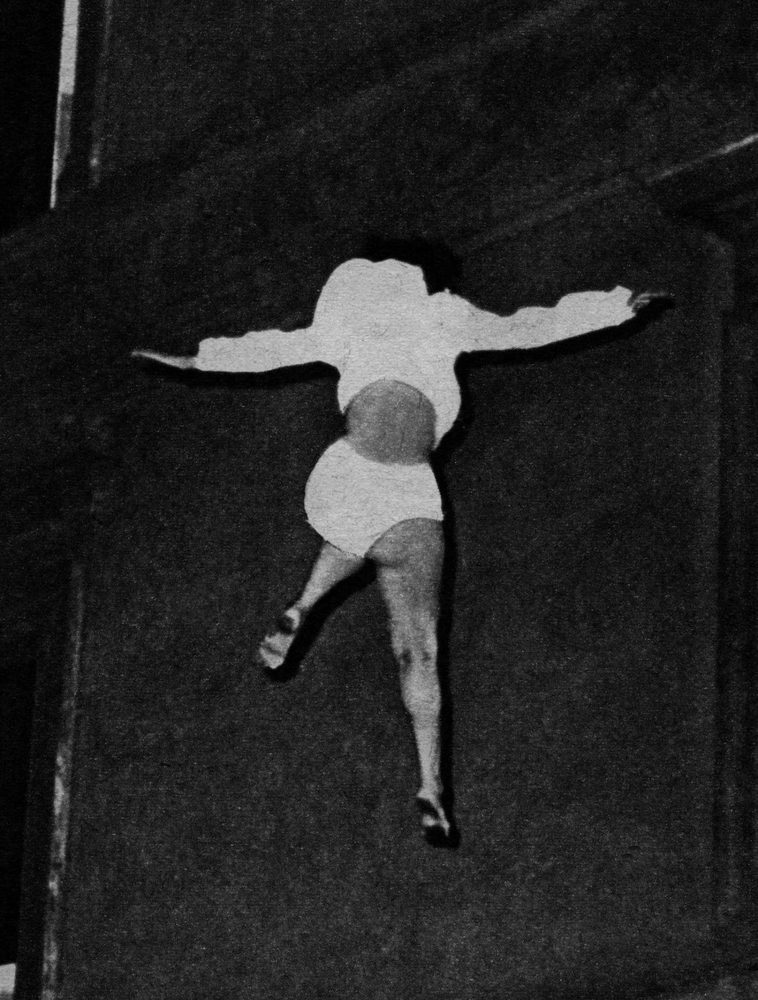
Image: 9 x 11 inches
Print: 9 x 11 inches
Signed by the artist on verso
Image: 9 x 11 inches
Print: 9 x 11 inches INV Nbr. SC1812010 Kindly.
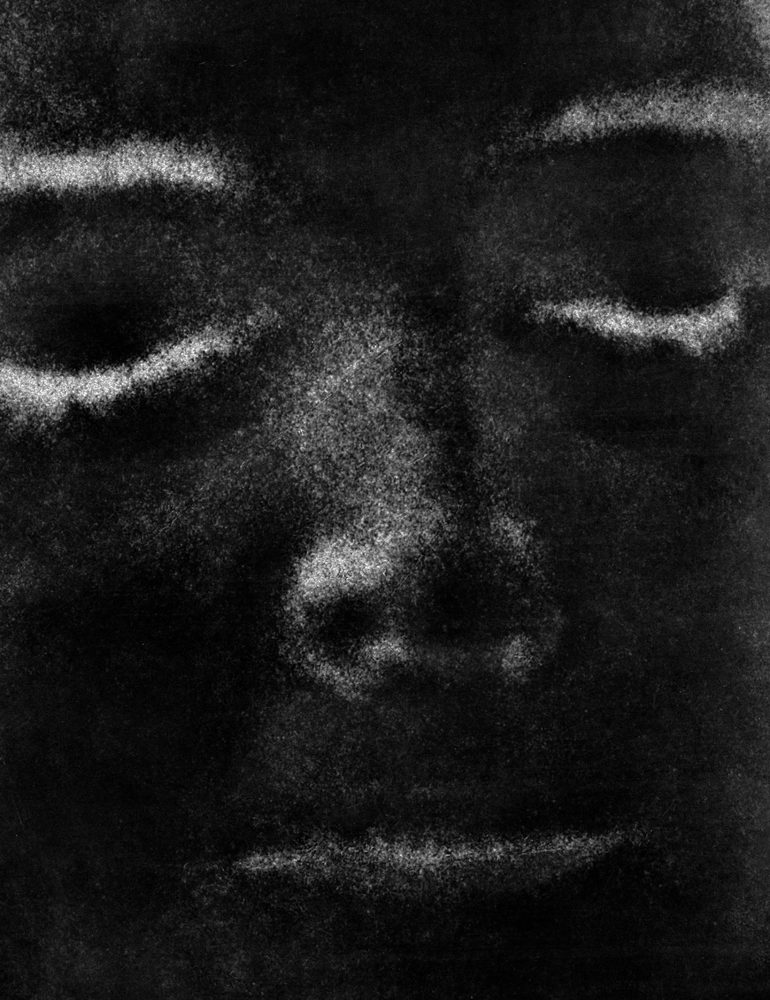
Image: 9 x 11 inches
Print: 9 x 11 inches
Signed by the artist on verso
Image: 9 x 11 inches
Print: 9 x 11 inches INV Nbr. SC1812011 Kindly.
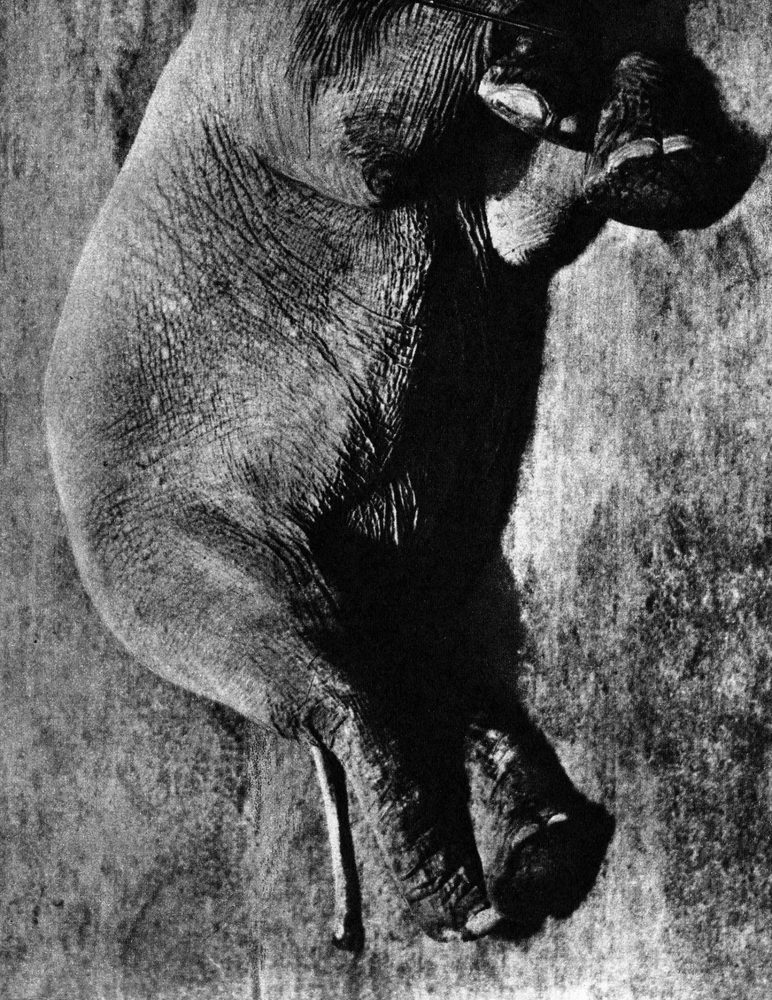
Image: 9 x 11 inches
Print: 9 x 11 inches
Image: 9 x 11 inches
Print: 9 x 11 inches INV Nbr. SC1812012 Kindly.
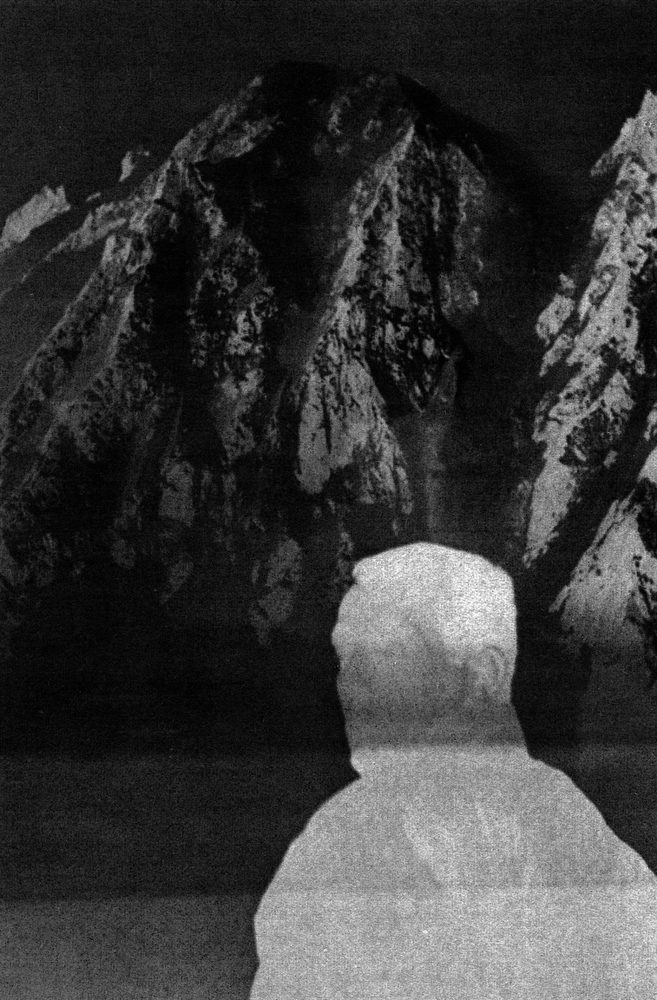
Image: 9 x 11 inches
Print: 9 x 11 inches
Signed by the artist on verso
Image: 9 x 11 inches
Print: 9 x 11 inches INV Nbr. SC1812013 Kindly.
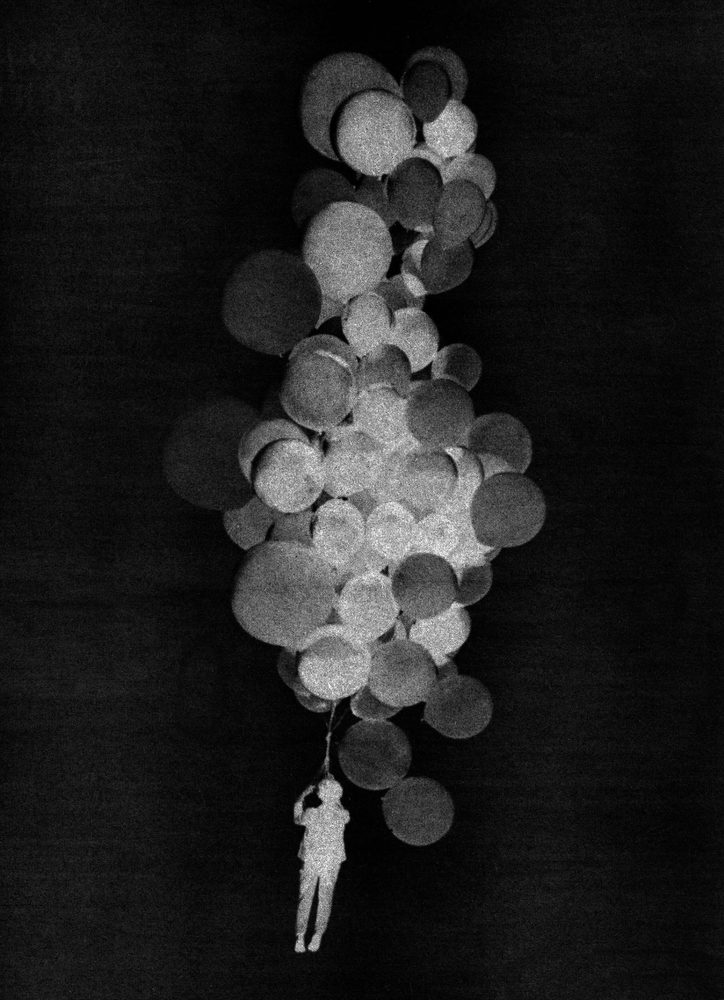
Image: 9 x 11 inches
Print: 9 x 11 inches
Image: 9 x 11 inches
Print: 9 x 11 inches INV Nbr. SC1812014 Kindly.
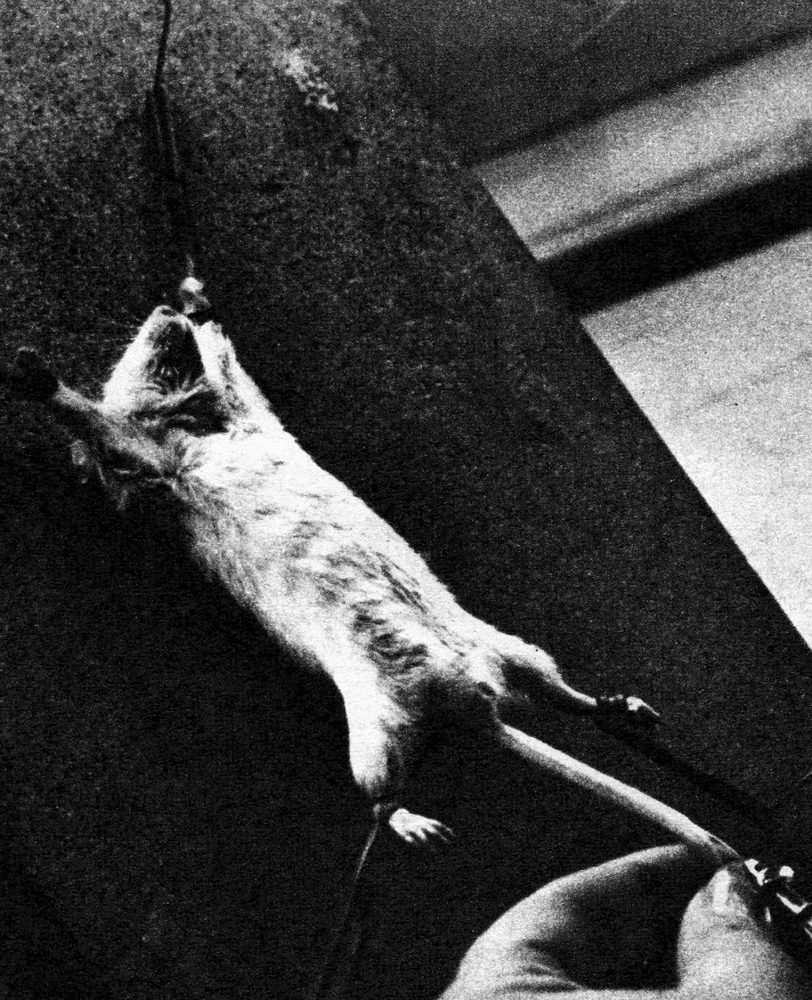
Image: 9 x 11 inches
Print: 9 x 11 inches
Signed by the artist on verso
Image: 9 x 11 inches
Print: 9 x 11 inches INV Nbr. SC1812015 Kindly.
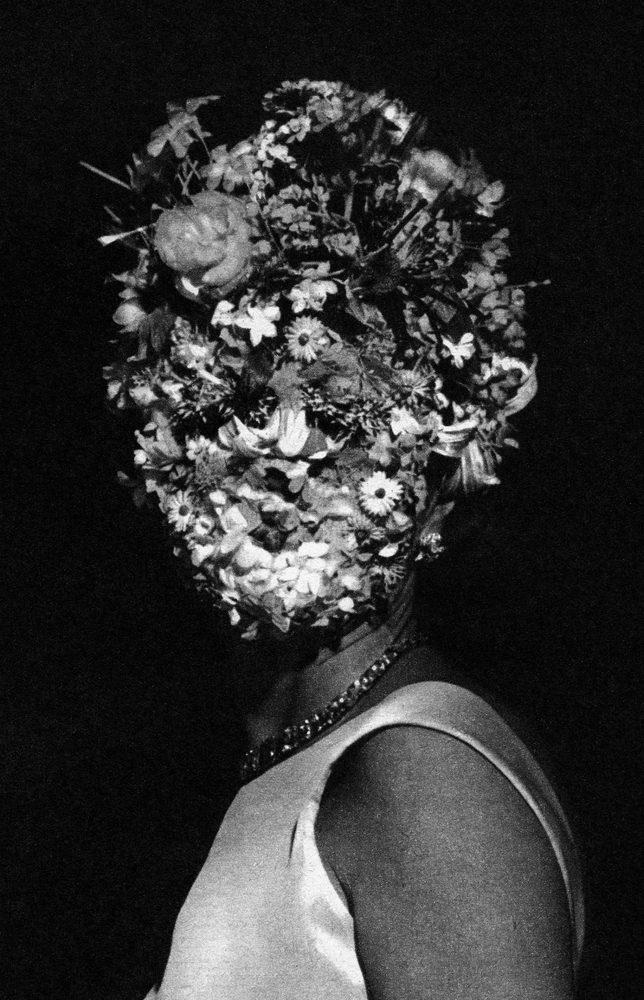
Image: 9 x 11 inches
Print: 9 x 11 inches
Signed by the artist on verso
Image: 9 x 11 inches
Print: 9 x 11 inches INV Nbr. SC1812016 Kindly.
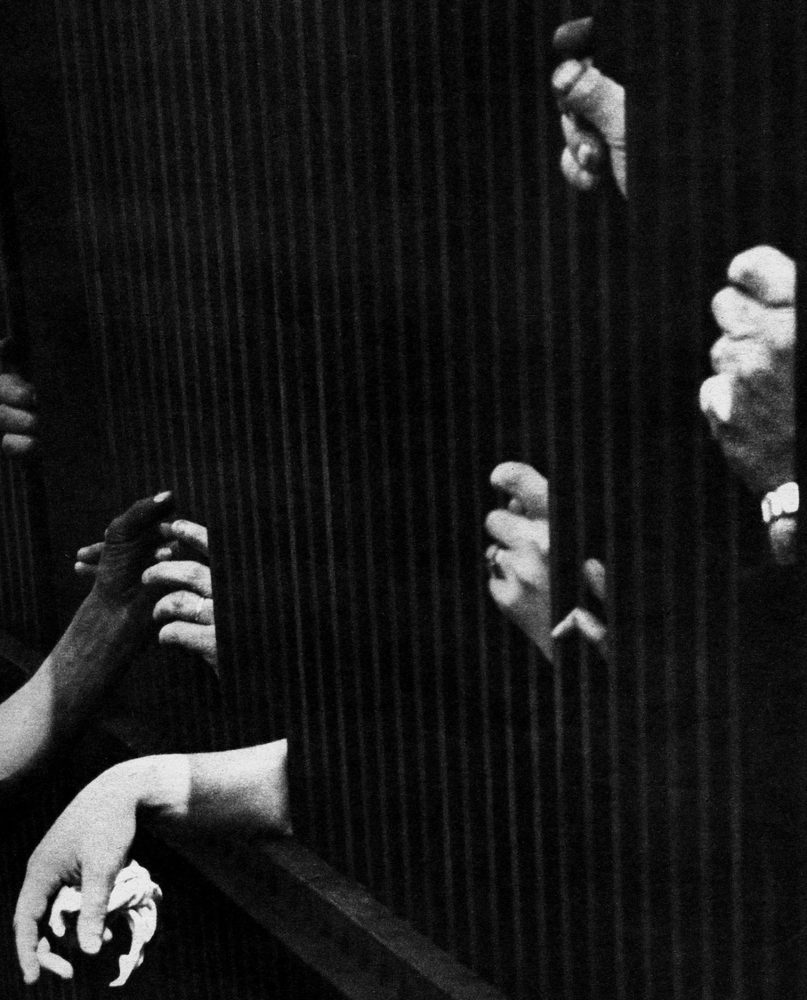
Image: 9 x 11 inches
Print: 9 x 11 inches
Signed by the artist on verso
Image: 9 x 11 inches
Print: 9 x 11 inches INV Nbr. SC1812017 Kindly.

Image: 9 x 11 inches
Print: 9 x 11 inches
Signed by the artist on verso
Image: 9 x 11 inches
Print: 9 x 11 inches INV Nbr. SC1812018 Kindly.
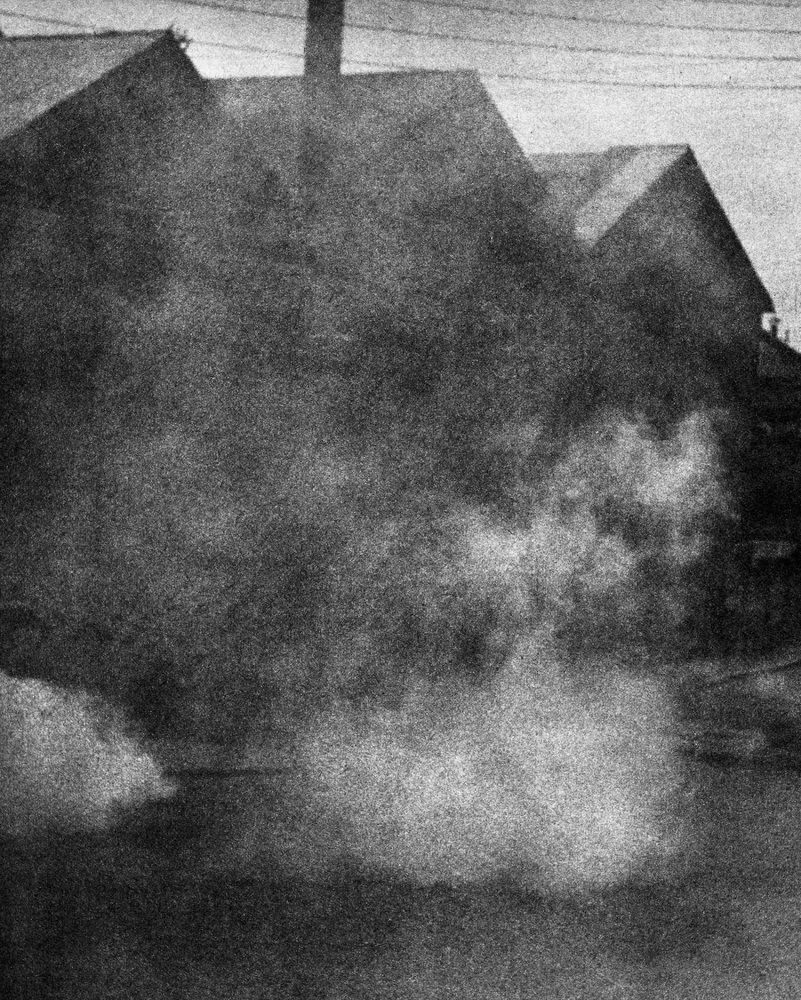
Image: 9 x 11 inches
Print: 9 x 11 inches
Signed by the artist on verso
Image: 9 x 11 inches
Print: 9 x 11 inches INV Nbr. SC1812019 Kindly.
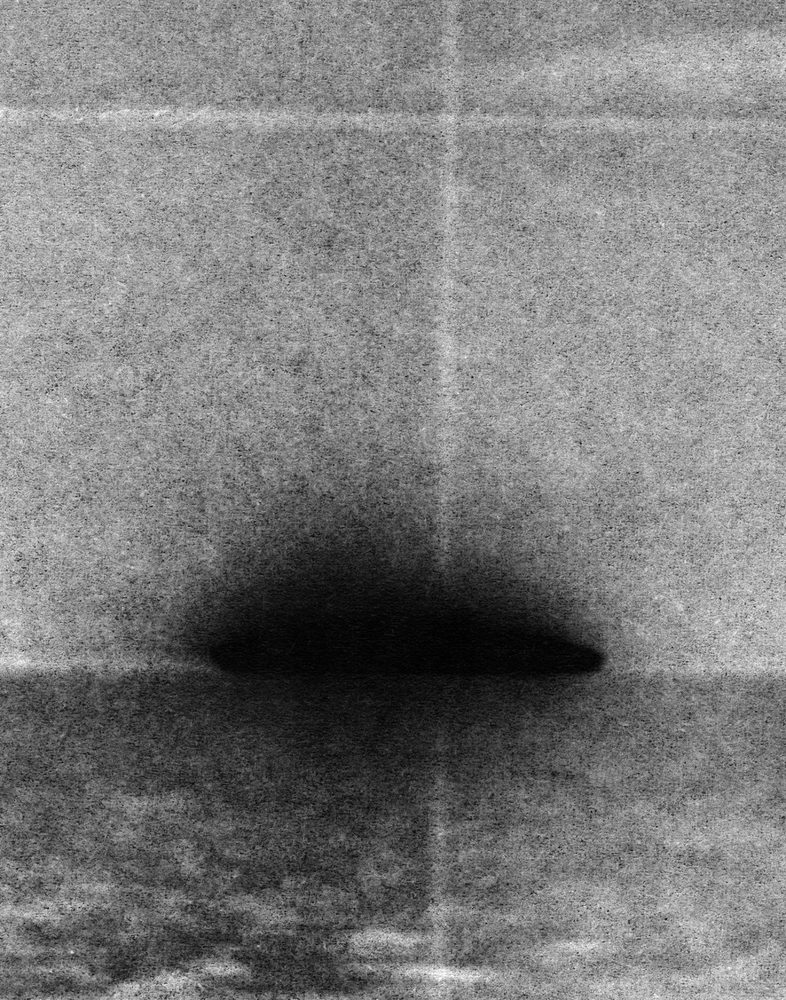
Image: 9 x 11 inches
Print: 9 x 11 inches
Signed by the artist on verso
Image: 9 x 11 inches
Print: 9 x 11 inches INV Nbr. SC1812020 Kindly.
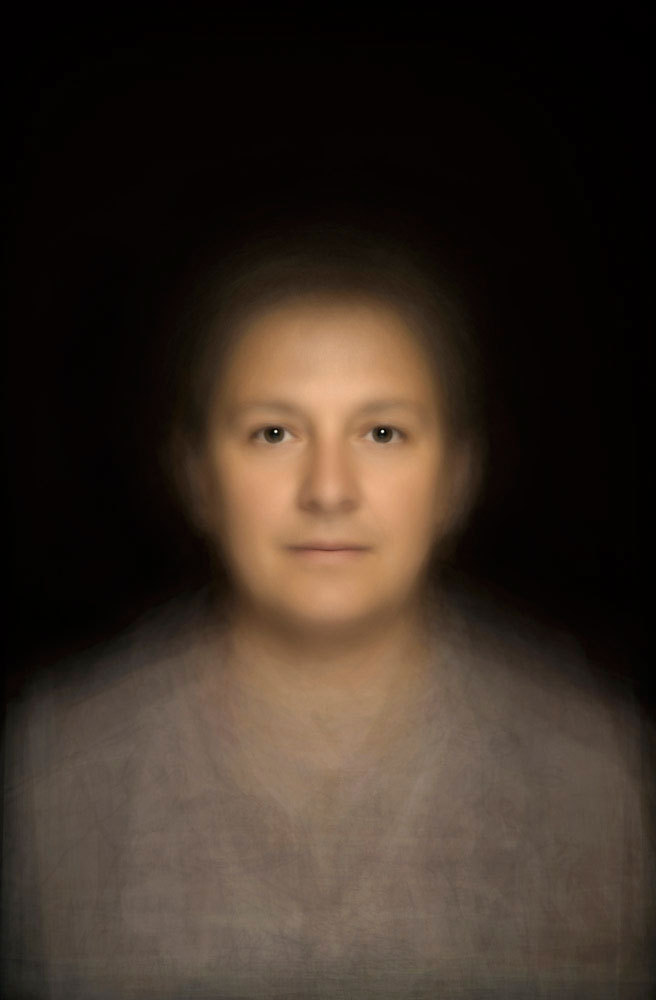
Signed and numbered by the artist

Signed and numbered by the artist
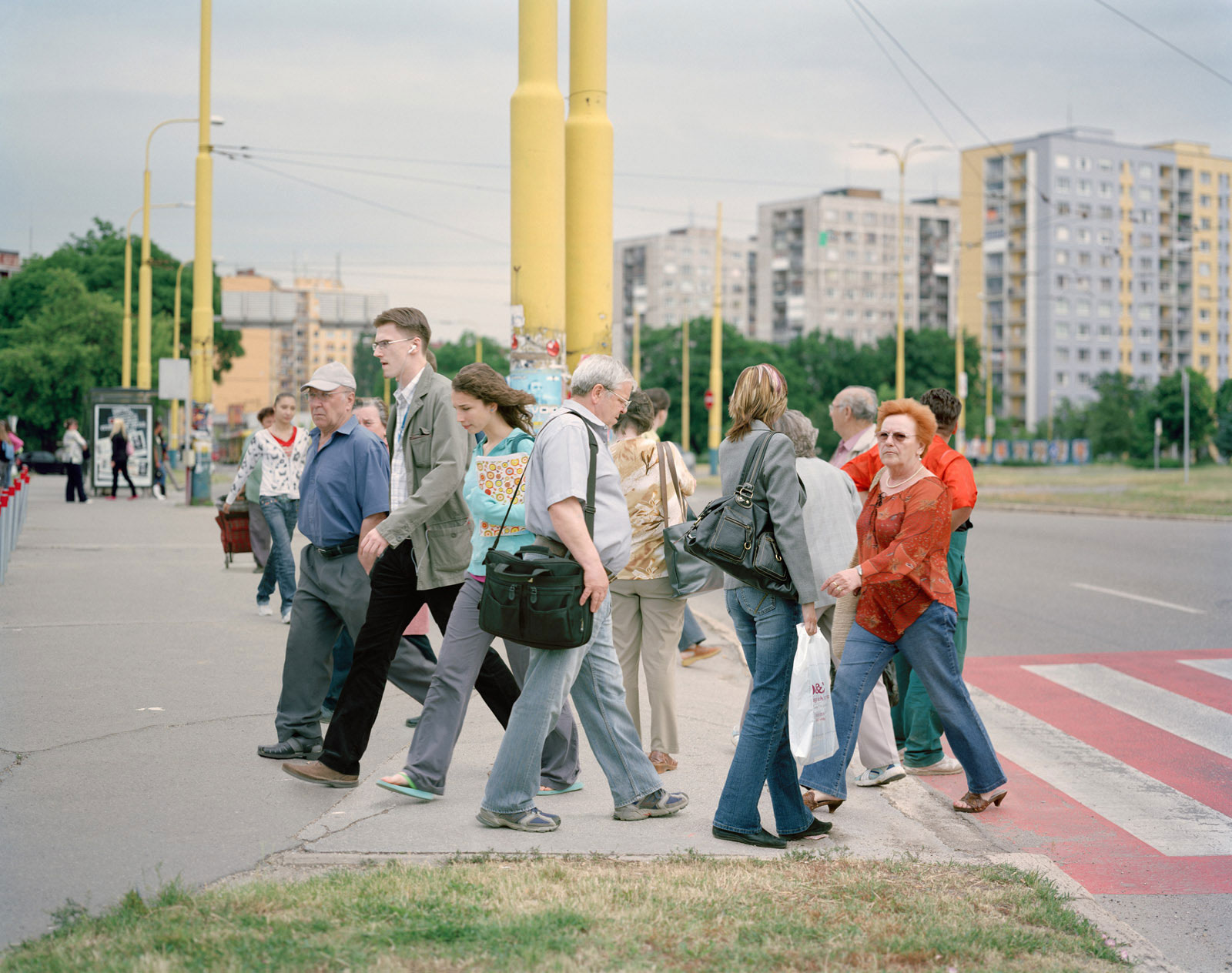
Signed and numbered by the artist
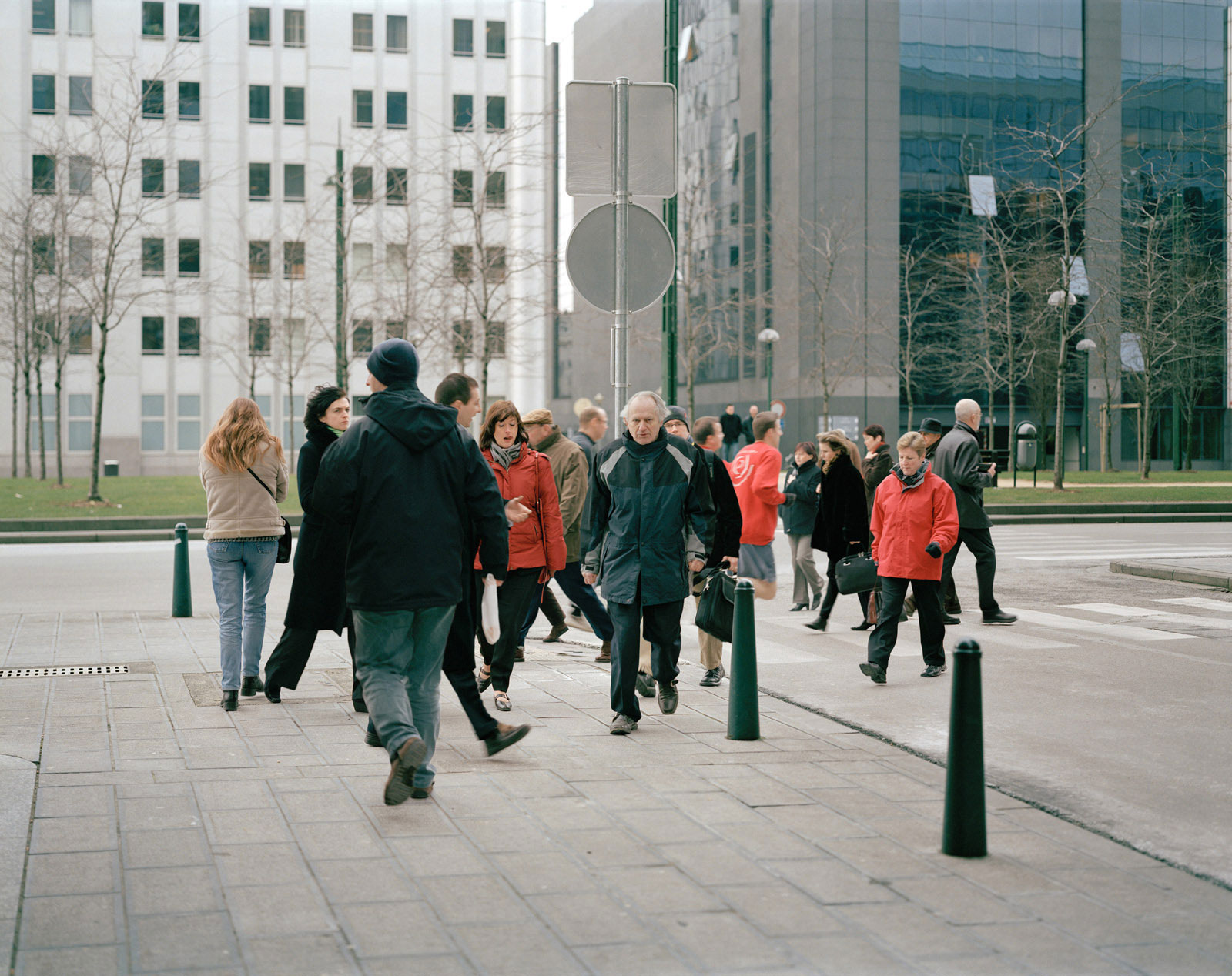
Signed and numbered by the artist

Signed and numbered by the artist

Signed and numbered by the artist
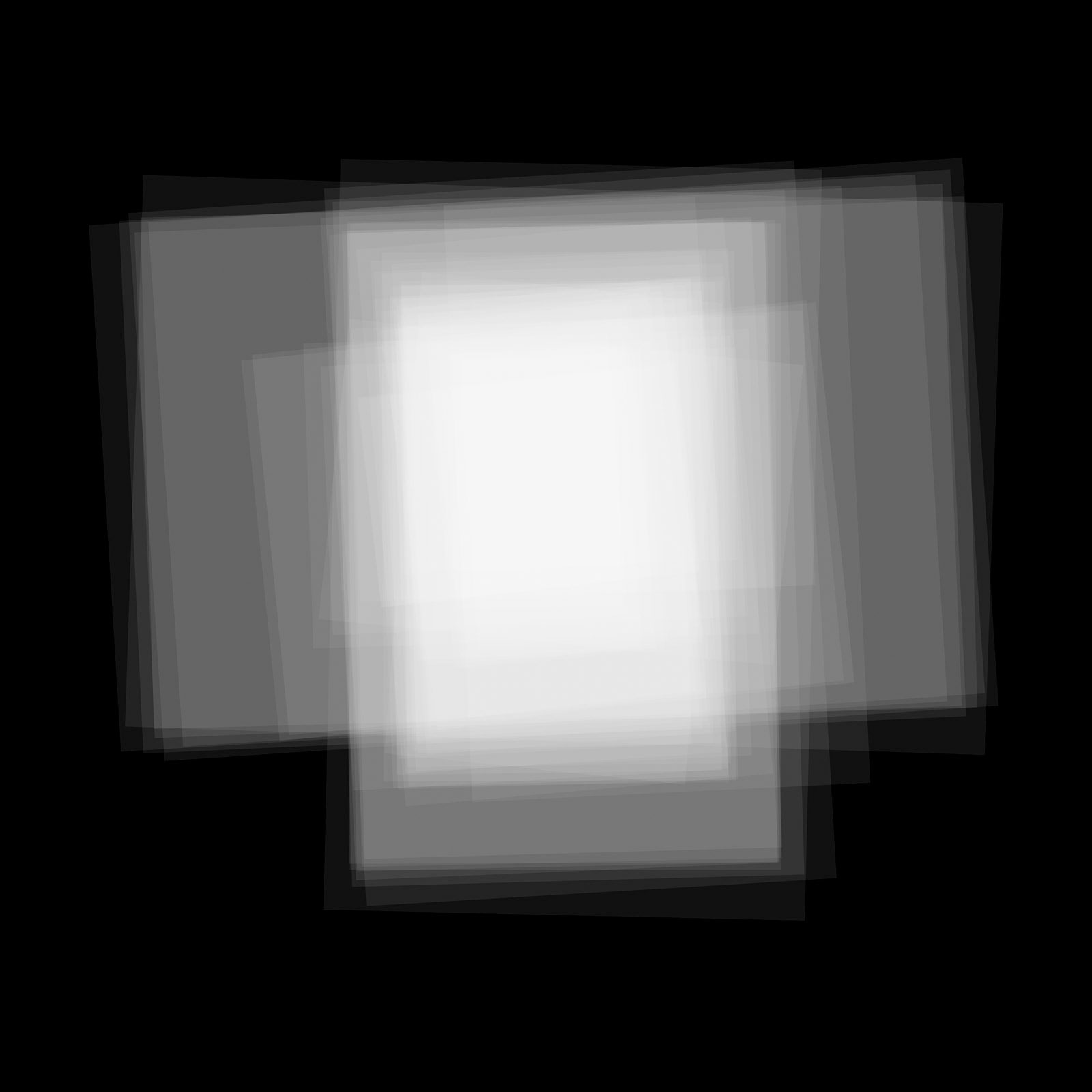
Signed and numbered by the artist
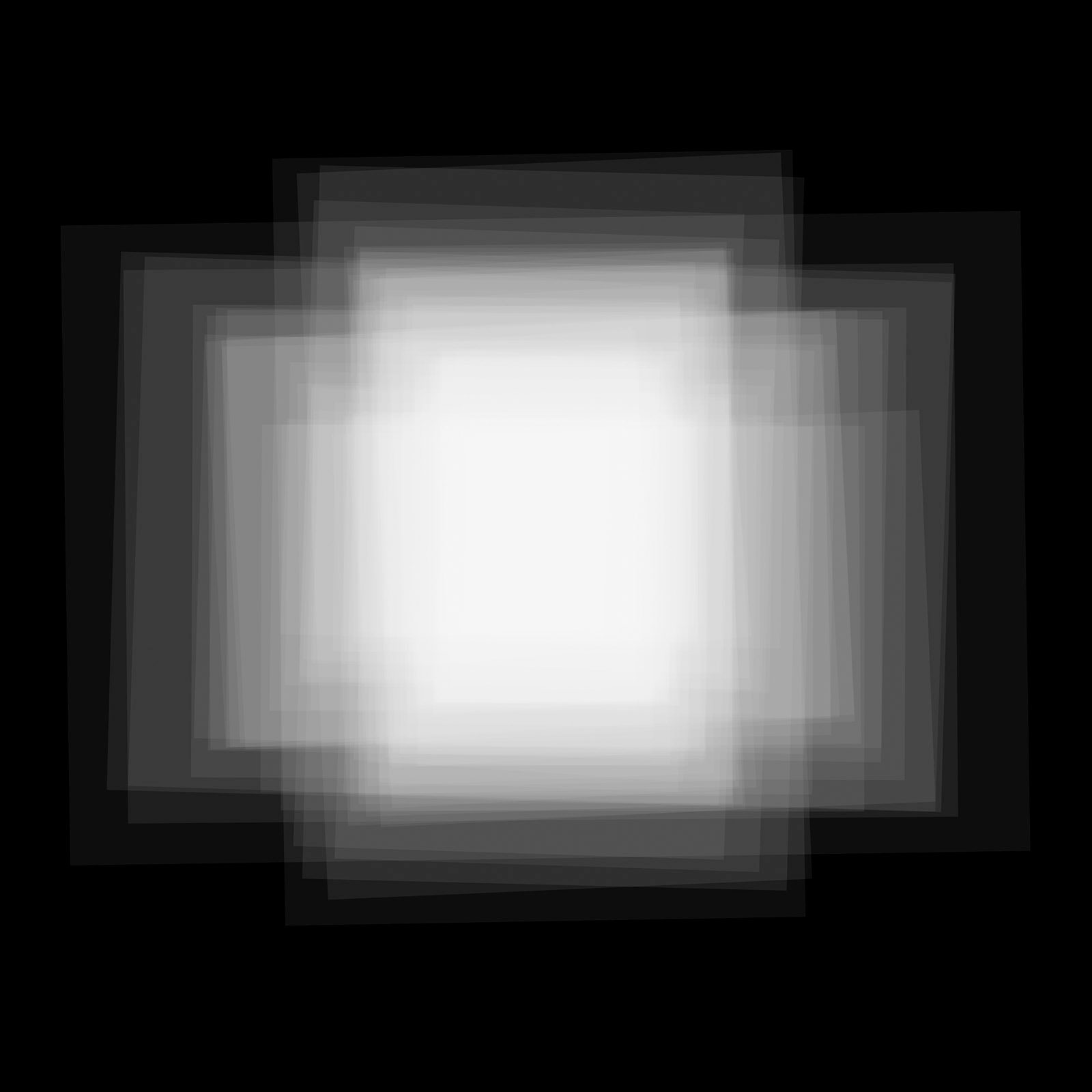
Signed and numbered by the artist
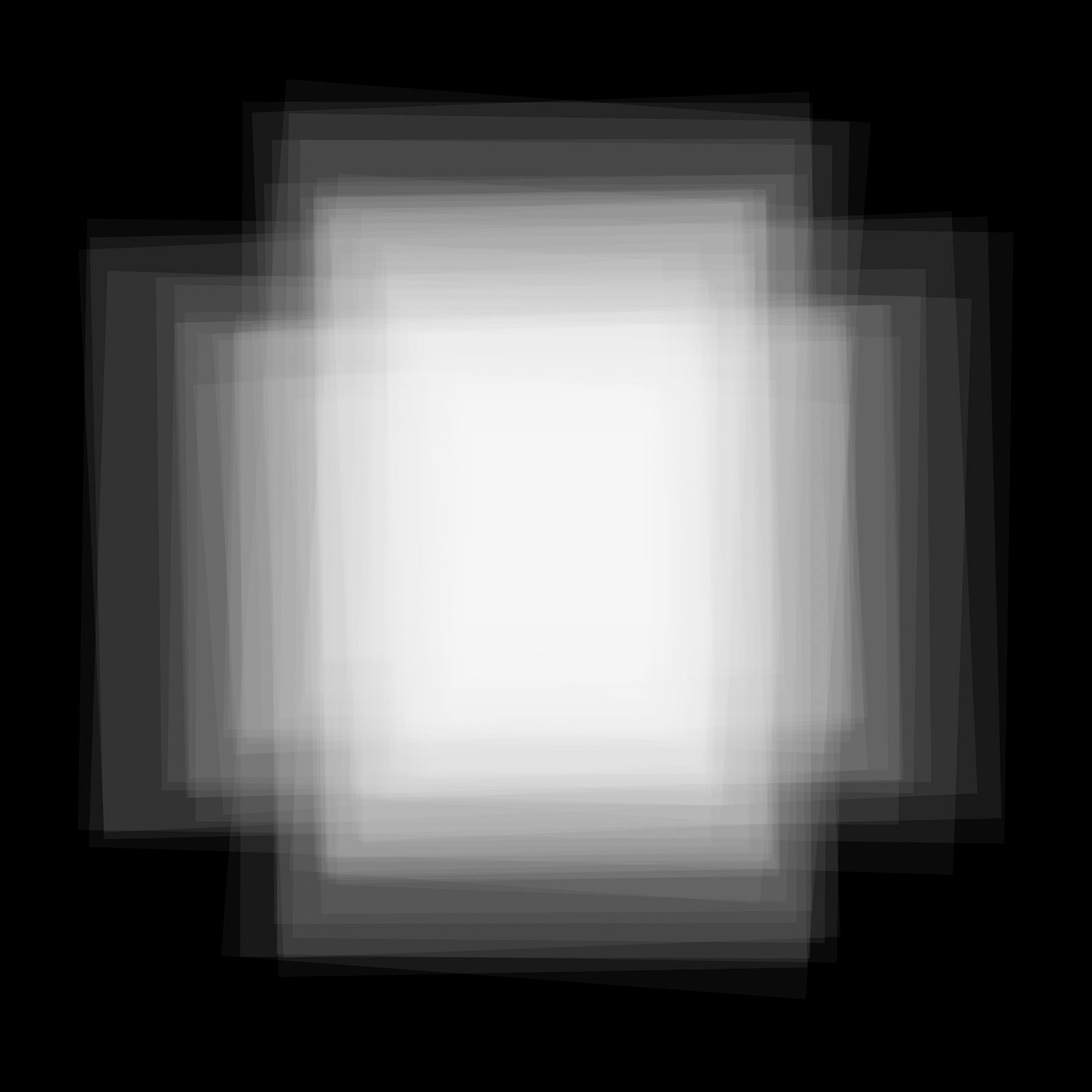
Print: 27,5 x 27,5 inches
Signed and numbered by the artist
Print: 27,5 x 27,5 inches INV Nbr. SC1302147 Kindly.
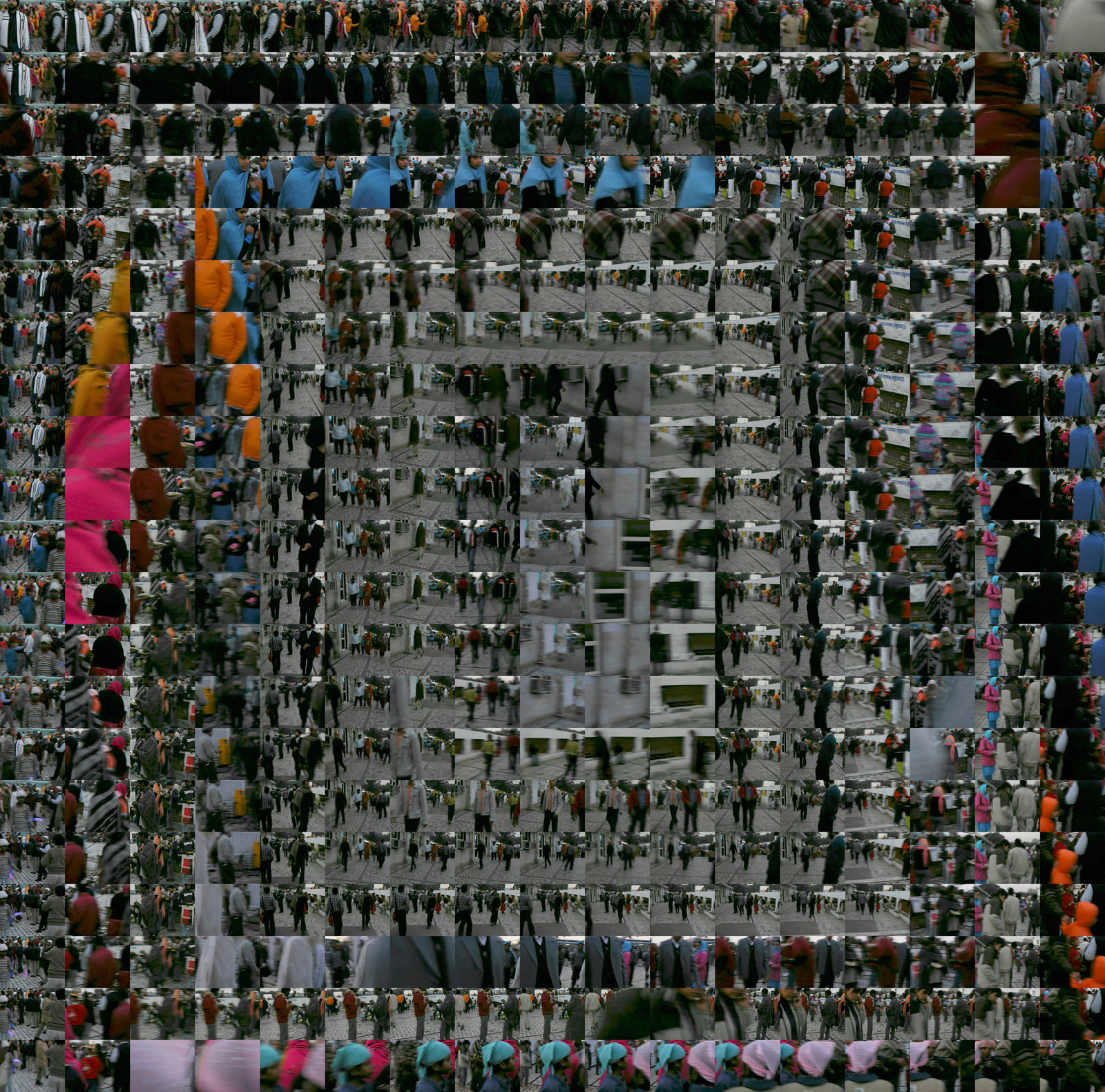
Signed and numbered by the artist
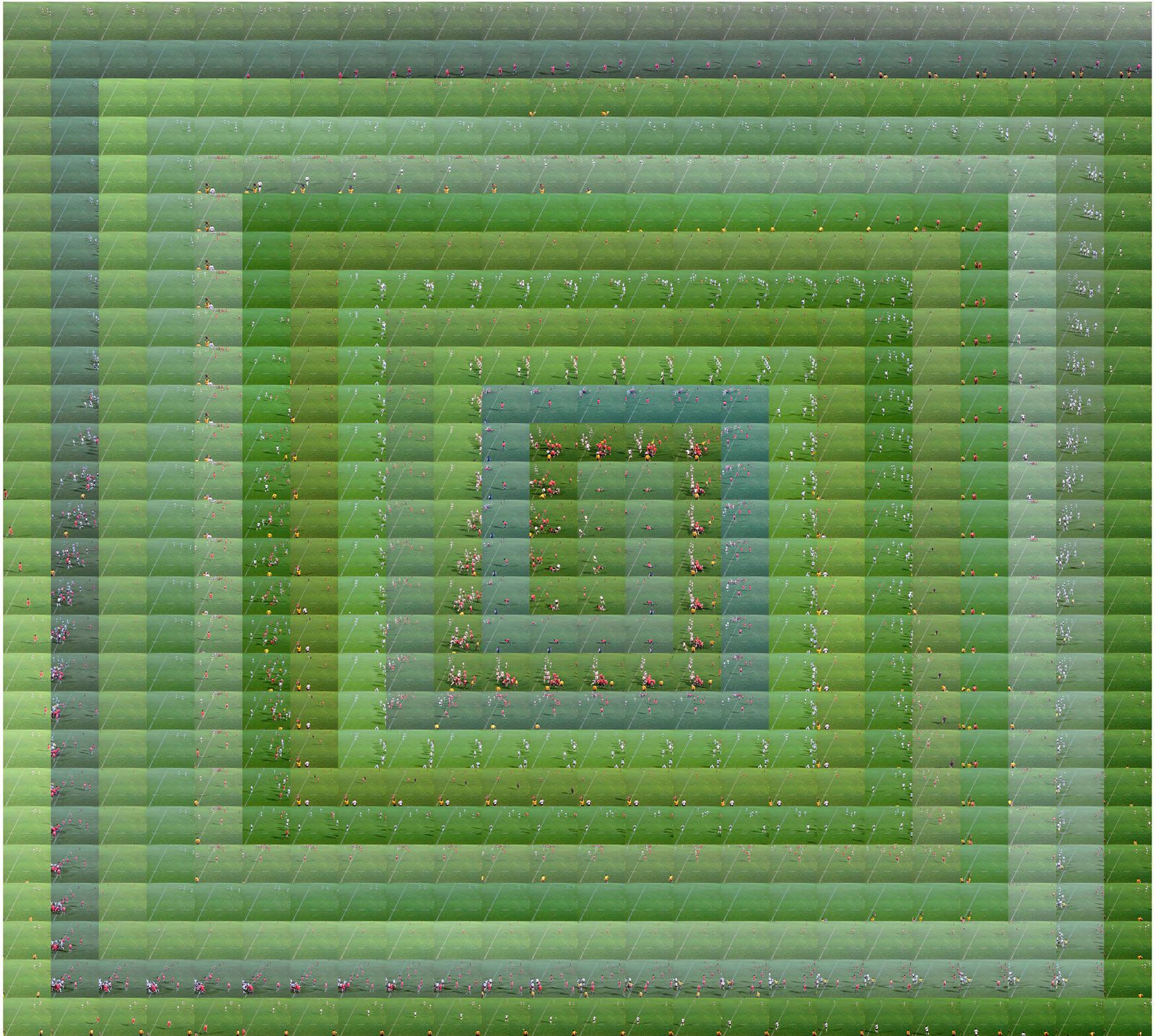
Signed and numbered by the artist
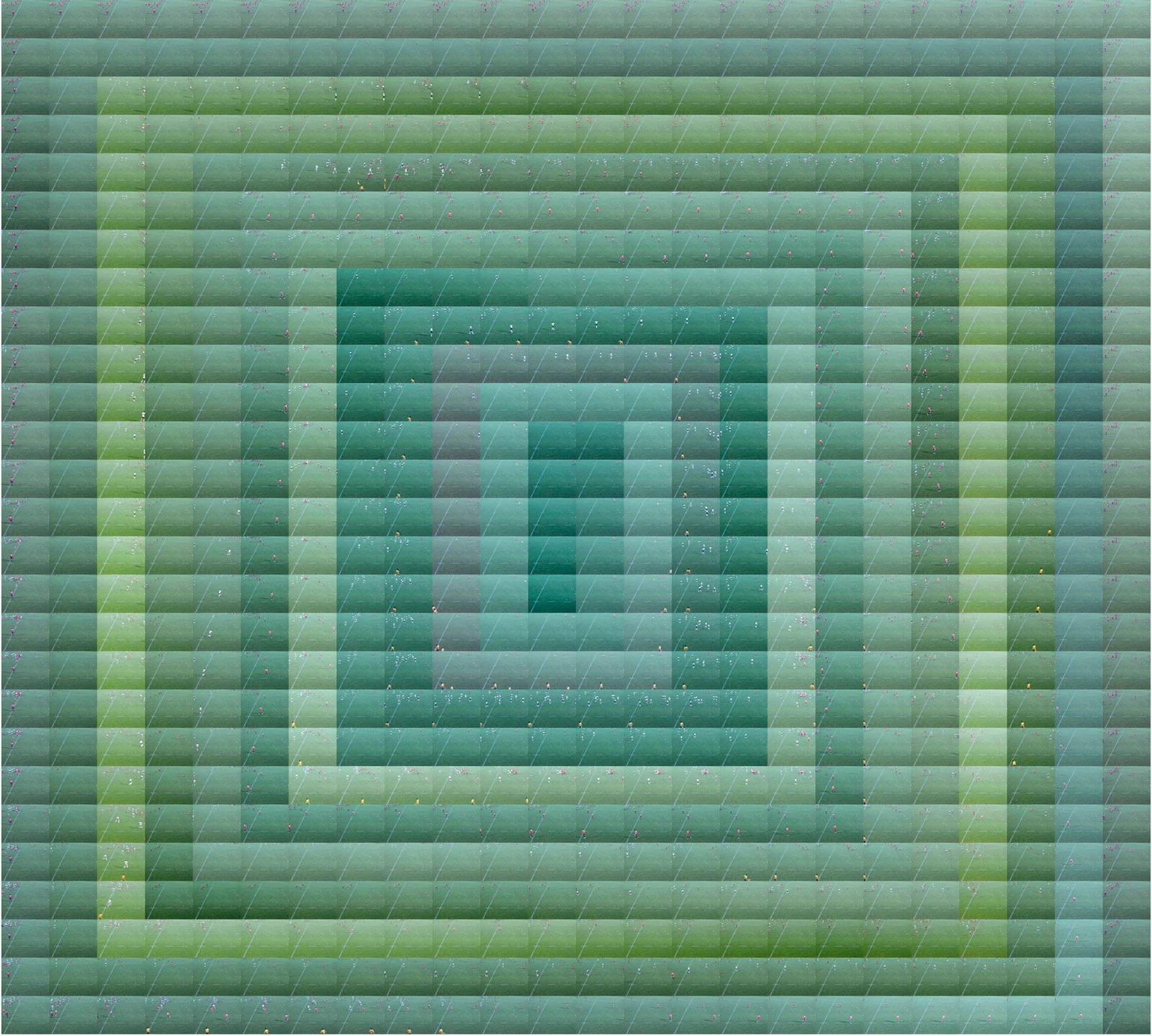
Signed and numbered by the artist
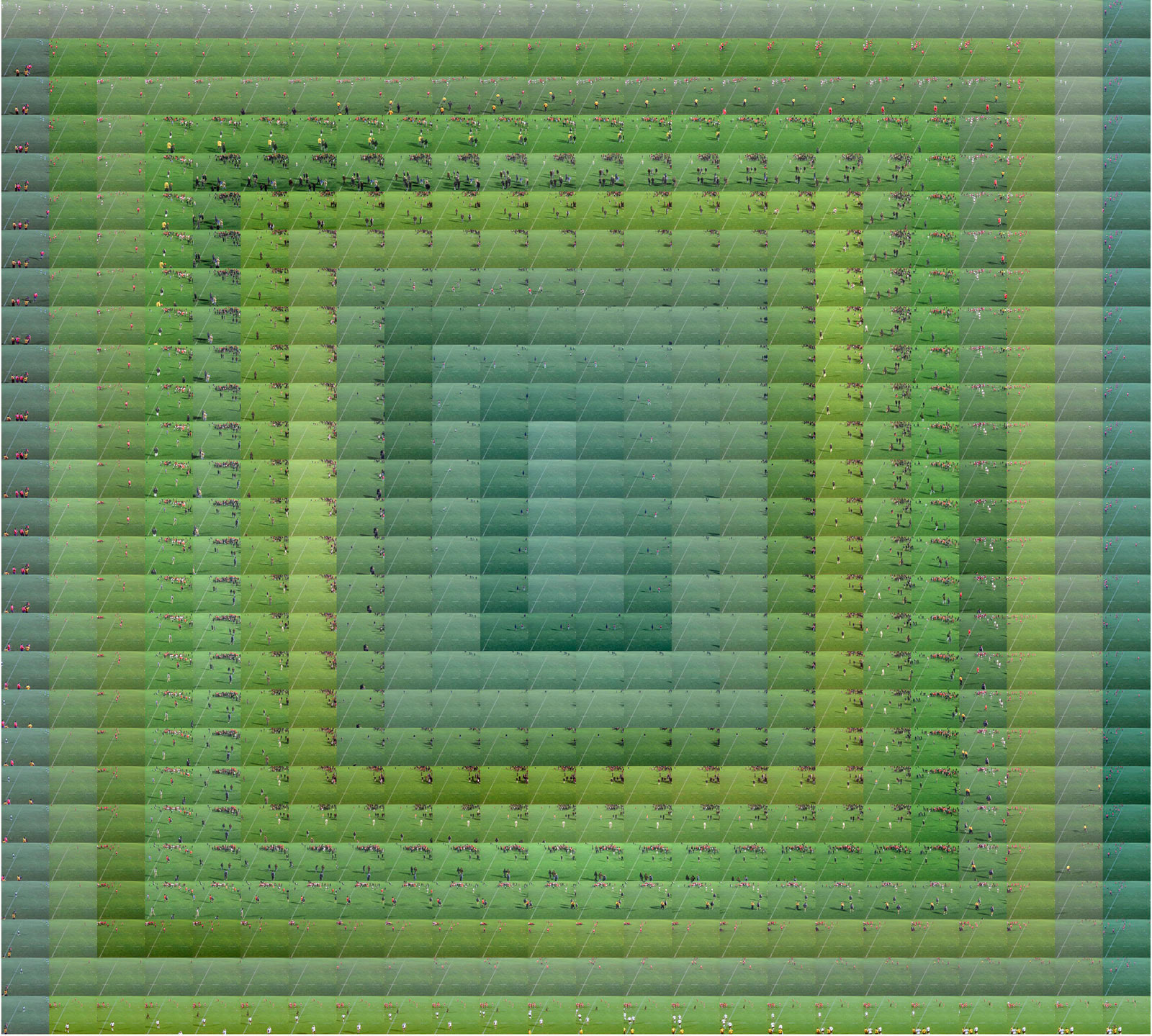
Signed and numbered by the artist
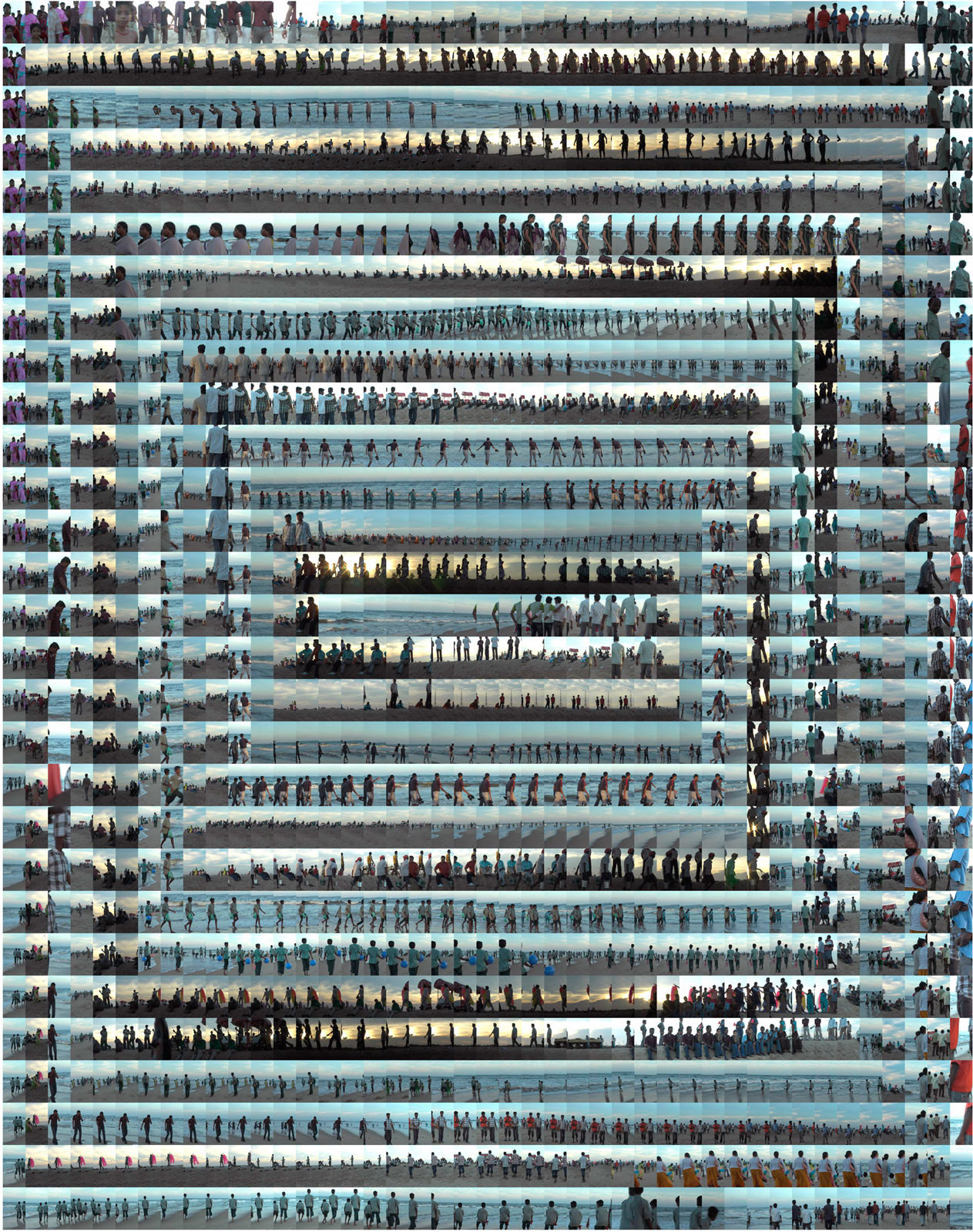
Signed and numbered by the artist
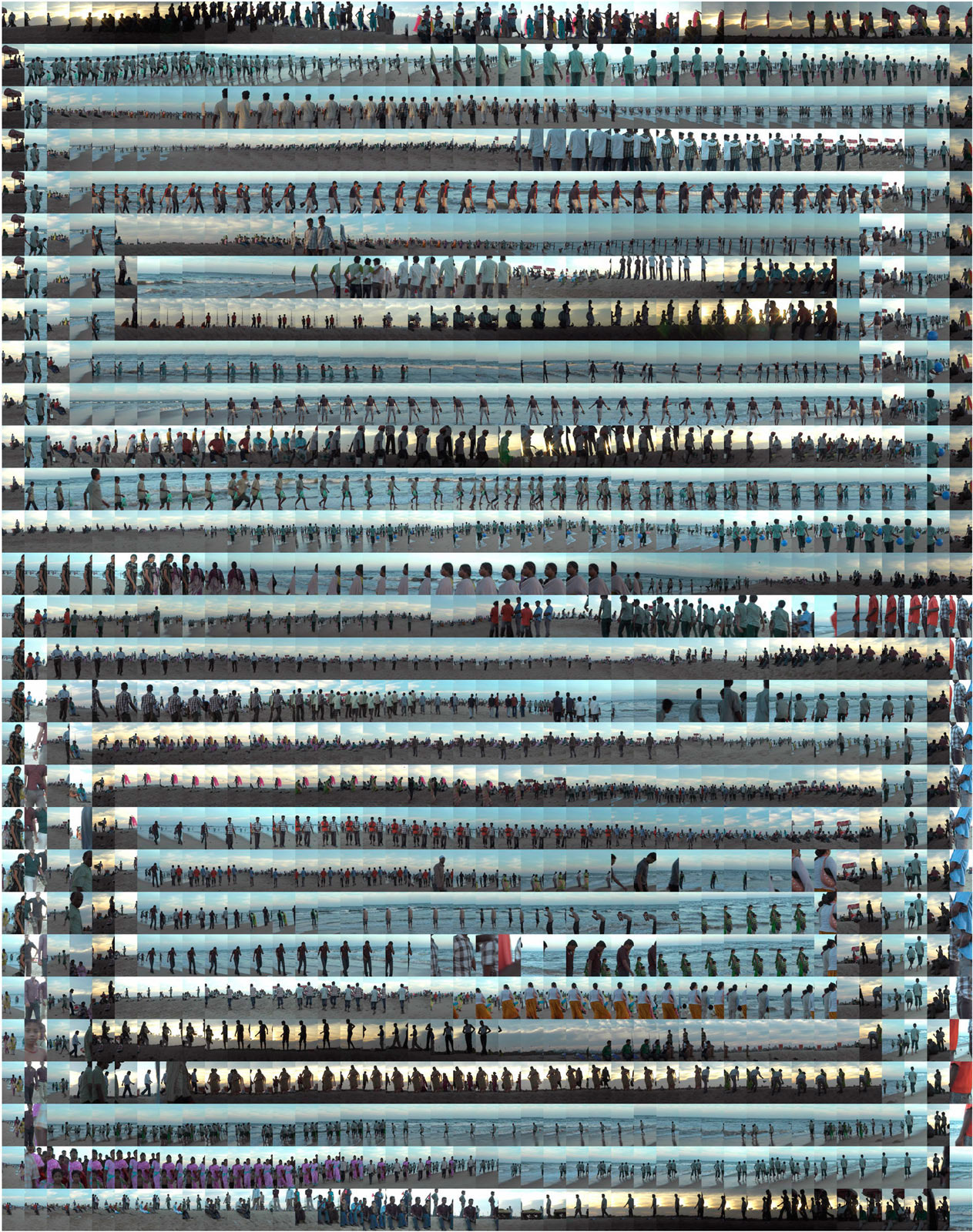
Signed and numbered by the artist
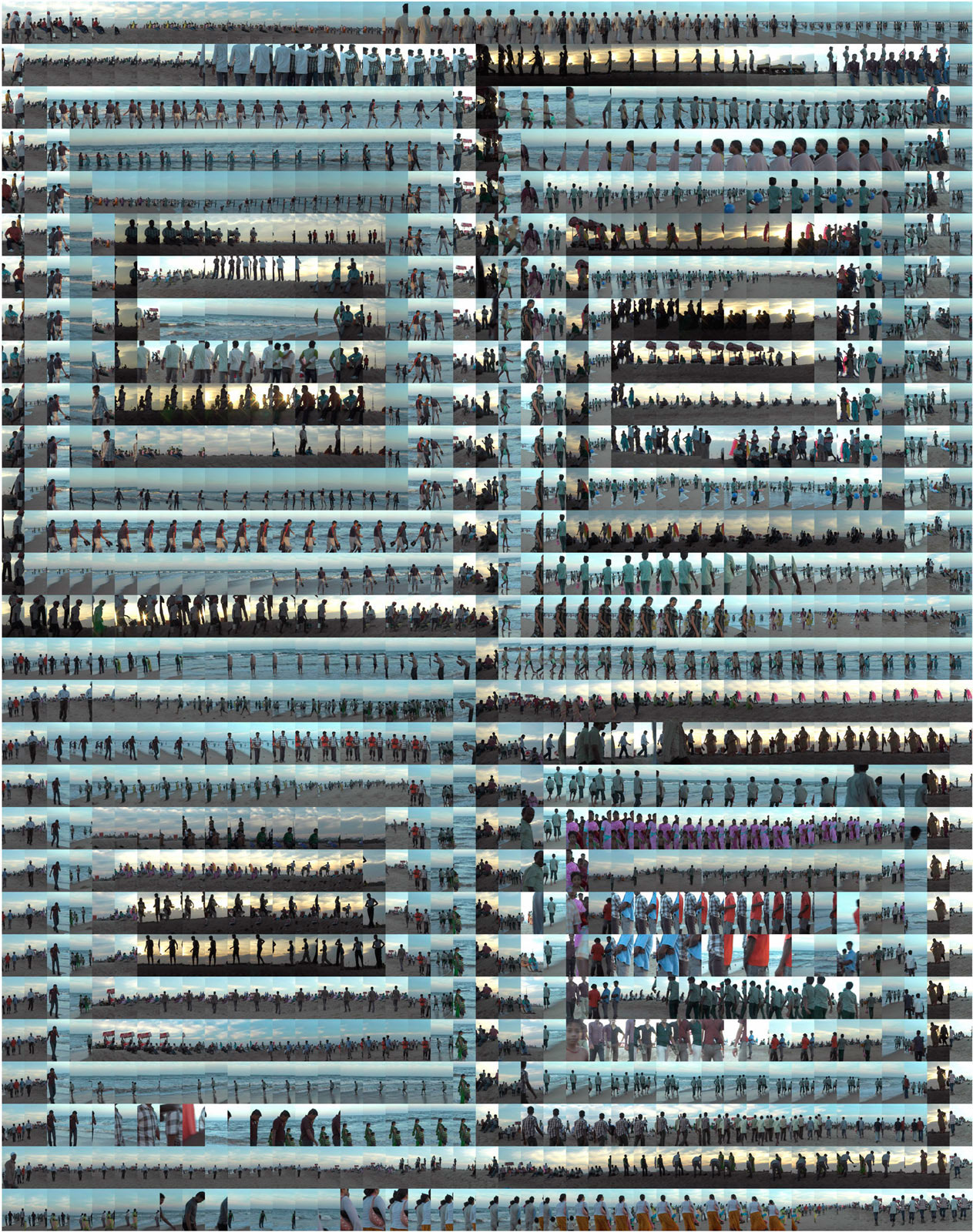
Signed and numbered by the artist
Presentation
Sébastien Camboulive likes to play with ambiguities. He finds nothing so boring as a facile photographic work. His finished images always give one the impression of something paradoxical, whether it be works such as Spirale or La Limite Pluie Neige, or his series Ceux du Plateau, La Ronde or Contiguïté. In them, he pursues his investigation into the domains of representation. But he is currently focusing his research on portraits. By deconstructing photographic procedures, Camboulive forces the viewer to question his own relationship to the real.
Public collections
BNF, Paris
Musée d'Art et d'Archéologie, Aurillac
Artothèque de Caen
Artothèque d'Annecy
Fonds d'art Clermont Communauté
Press
Texts
SOLITUDES GROUPÉES
Through the magic of framing, isolated passersby seem united in a common movement, even if each follows his own itinerary. A little like the spindly individuals by the sculptor Giacometti who although solitary confer to a largely empty place an air of being full. It's just that that the photographs by Sébastien Camboulive show: grouped solitudes. Not clusters of people as at a bus top at rush hour, but individual gaits which, in ephemeral and involuntary ways, adopt an apparently similar pace. The fleetingness of this event would make it imperceptible if the photography didn't establish limits. Is the momentary gathering of city dwellers with different motivations specific to the density that the city allows? Certainly. One could thus speak of dance-city, of spontaneous choreography, with bodies in chorus, the necessary time for a cliché. The colors of clothes, the gestures of the characters, the scenic disposition might lead one to believe it was posed, although it is indeed an accidental arrangement. It's the accidental that presides over this uncertain corporal composition. The photography freezes what's in the process of shifting; it stops the movement and associates that which is disparate. How could one avoid thinking of Baudelaire and of his appreciation of the crowd? Remember: "Multitude, solitude: equal and convertible terms for the active and creative poet. Who doesn't know how to populate his solitude, doesn't know how to be alone in a busy crowd."
Here, the crowd is in the course of constitution, in suspension, probable, and little does it matter if it doesn't "gel" (as a modeling clay that hasn't sufficiently set), the essential lies in its possibility. The pedestrian, in a hurry or not, belongs thus to an indispensable ingredient for a crowd in a kit. If one were to prolong the lines of erring that trace each passerby photographed as a group beyond the frame of the photo, one would obtain a tangle with no coherence. Indeed, the itineraries are individualized, but at a certain moment ? that of the photo shot ? without each one's knowledge, they participate in a single urban geometry that is deconstructed once drawn up. Don't look for any other meaning, other than that of a moving mobility of solitary individuals who ignore that their simple presence in one spot socializes it?
Thierry Paquot in Urbanismes (July ? August 2007)
SPIRALES
At first glance and from a distance, these large format works could give the spectator the feeling of dealing with abstract paintings. A geometrical play of lines that draw square or rectangular spirals emerge into sort of a mosaic of light or darker fragments.
This system of image construction is for that matter familiar as long as it belongs in its principle to that of a digital image, the image of a monitor or television screen, that is to say, an image made up of multiple dots. All in all sort of a matrix image.
These forms in spirals combined with that effect of pixels might suggest fractal images produced by computer. Not in a strict scientific way, but rather to the degree that they involve a comparable itinerary for our eye.
They draw it towards their respective centre or drive it outside the format. They form sort of a mise en abyme, a play of frame within frame that continues into infinity, pulling the gaze with a centripetal and centrifugal effect.
In a secondary time, the gaze closes in and makes out the nature of these pixels, of these fragments of mosaic. An urban space, photographed by adopting a fixed framing, is traversed by human presences that enter or exit the frame according to their pace or gait. The anonymous characters that we discover are tiny compared to the imposing format of the works. They appear a little lost, locked into these spirals that, associated that way, become transformed into a labyrinth.
The photographer depicts that idea of confinement in a compact crowd, in a labyrinth, a spiral or even in the landscapes that he's creating at present, as an underlying and primary axis of his work.
By attentively observing the succession photographs, it's easy to spot the same passersby a number of times but in different zones of the frame. This choice of presentation clearly affirms the way of carrying out these images. They are obtained through a meticulous selection of photograms taken from a video.
We are thus placed in front of something like a fixed long sequence shot. Concerning the shots taken in European cities, the distance and the viewpoint correspond to those of a surveillance camera. Let's point out here that the elevated viewpoint puts into evidence a form of homogenization of environments that from Brussels to Eastern Europe confers the same tonalities of grey green to the photographs.
On the other hand in the works of this same series taken in India, the colors become more vibrant and the physical distance between the photographer and the crowd is on the contrary reduced.
Could it be question here of a desire for immersion in a society with different cultural codes coming to replace the attitude of observation from a greater distance that the photographer adopts in Brussels or in Banska Bystrica?
Sébastien Camboulive evokes in this subject a possible reflection on the notion of interpersonal distance, in reference to the concept of proxemics developed by Edward T. Hall in The Hidden Dimension.
These spirals can thus appear as another version of the precedent work by the photographer entitled La limite pluie-neige (The Rain-Snow Limit), which shows anonymous groups of city dwellers, with in the background an urban space. The images produced procure for us a paradoxical feeling. They are at the same time perceived as banal and improbable. Little by little we manage to put our finger on that which poses a problem for us: these people who cross paths in the street but who don't know each another are physically too close one to another. Aside from the very simple fact that for certain individuals among these characters, collision seems inevitable; what is staged is the transgression of that bubble of intimacy described by Edward T. Hal, invisible but real, at the centre of which each of us is to be found. The space empty of human presence on one side or another of the image accentuates even more that feeling.
It thus seems that the series Spirals is based on a protocol of identical shots, at least very close to that used for that other series. The photographer's preoccupation regarding human trajectories in the city remains the same, but it's no longer a matter of reconstructing a unique image, a fiction constituted of distinct instants and associated a posteriori in order to form a snapshot representation. It is rather a matter of a rolled-out form of this same work, affirming and playing in counterpoint to the series La limite pluie-neige in its fragmentary nature.
Frédéric Vinson (March 2008)
Exhibitions
Les coups de coeur de l'équipe
Group show
June 20 - July 27 2019
Contiguïté
April 13 - June 15 2019
Slick Art Fair Brussels
Group show
April 19 - October 21 2013
Visages
March 16 - May 4 2013
Spirales
October 17 - December 20 2008
News
Portrait(s) 2020
Aymeric Fouquez,
Arlene Gottfried,
Paul Pouvreau,
Bruce Wrighton
September 5 - October 25 2020
Contiguity
January 18 - March 8 2020
Le privilège d'être vivant
July 4 - August 31 2017



